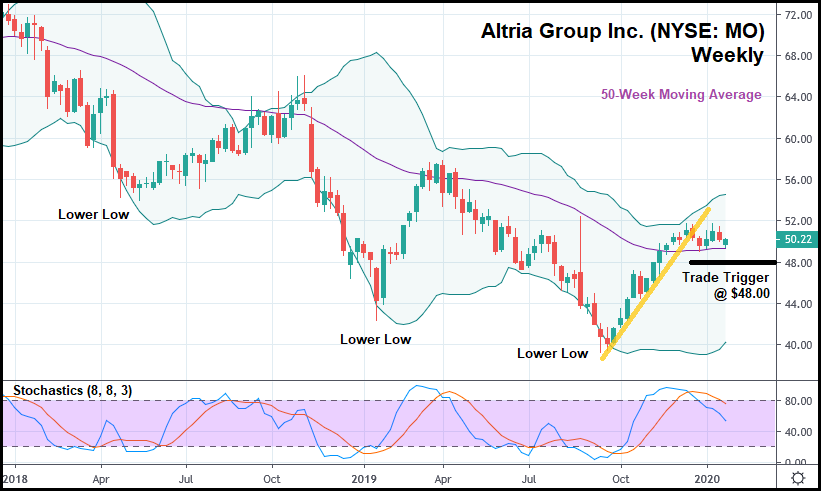The Wuhan coronavirus outbreak is getting worse. More than 4,500 are infected worldwide and 106 Chinese have died.
Thankfully, there are only five confirmed cases in the United States.
For now, at least.
In Germany, the first person-to-person transmission of the coronavirus (outside of China) has occurred. A 33-year old man contracted it from a visiting Chinese colleague that showed no symptoms of infection.
The World Health Organization (WHO) is scrambling to get emergency aid to China as soon as possible, fearing that the country’s health minister, Ma Xiaowei, was correct when he said that the Wuhan coronavirus could spread during incubation.
Meanwhile, the stock market is rising. On Monday, of course, equities sunk on coronavirus fears.
Today, the major indexes rebounded. The S&P, Dow, and Nasdaq Composite were up 1.05%, 0.65%, and 1.35%, respectively.
After “weathering” Monday’s storm, bulls are leaking back into stocks. But should they really be doing so? After all, the coronavirus unknowns – how it spreads, how many have it, and the fatality rate – remain a mystery.
You could argue that today’s news was worse than Monday’s and that the market should’ve fallen further.
In the end, though, it doesn’t matter if investors are insistent on restarting the bull run. Regardless of the coronavirus’ impact on American companies.
That doesn’t mean it’s safe to start looking at long positions, however. With equities still well below their recent highs, the week could easily end on a low note.
Meaning that bearish trades might be the smarter move. Particularly on stocks that just enjoyed a protracted rally and are nearing another longer-term sell-off.

In the weekly candlestick chart above, you can see that Altria Group Inc. (NYSE: MO) has had a good run since September of last year. After setting a third consecutive lower low, the stock rocketed upwards past the 50-week moving average, before almost running into the upper Bollinger Band (BB).
Then, five weeks ago, MO broke out below its minor bullish trend (represented with a yellow trendline), before stalling right at the 50-week moving average.
Now, having chopped sideways for a month, MO is trading near the 50-week moving average once again. Because of the consistent lower lows, coupled with the stock’s minor trend breakout, it might make sense to go short on MO below the 50-week moving average – a natural level of support in this case – with a trade trigger of $48.00.
Chances are that if the coronavirus news continues to rule the headlines this week, MO will get dragged down further. Once it clears support, the stock could suffer another major drop; this time past $40 for a fourth lower low.
Best of all, even if coronavirus sentiment shifts positive, MO could still fall. The stock hasn’t really tracked the market, and because of that, it maintains plenty of negative momentum all on its own.
That might be bad news for long-term MO shareholders, but it presents a fantastic opportunity for short-term traders as the general market eyes a correction.








